Get inspired by Craft Scotland's Make It Green series. Hear inspiring stories and tips from Scotland-based makers and initiatives about sustainability and ethical making.
Make It Green is in association with Green Crafts Initiative, a partnership between Craft Scotland and Creative Carbon Scotland. Green Crafts Initiative champions and promotes environmentally sustainable craft practices. Learn how you can join today and take the pledge!
Sandra Wilson is a silversmith, jeweller, researcher and educator at Duncan of Jordanstone College of Art & Design, part of the University of Dundee. She is a Professor of Ecological Metal Design, currently conducting research into new surface finishes and metal alloys from precious metals recovered from electronic waste.
Hello Sandra, could you tell us a little about your practice?
I’ve always taken inspiration from science in my making practice, starting with protein strands in the body. This is part of a broader interest in our relationship with nature and the natural world, and a concern about how we design and make in ways that work in harmony with nature. As an undergraduate student I read a lot of Victor Papanek, and through his book Design for the Real World I started to appreciate the ecological context of design and making. I’ve had a long-standing interest in sustainability and craft – writing about the Scottish situation with colleagues from St Andrews University in 2011.
I had worked with the chemistry department at Edinburgh University before, completing a commission from them in 2006 for Sir Fraser Stoddart who went on to win the Nobel Prize in 2016. In 2017, they told me about their hydrometallurgy process using acid solutions to recover precious metals from e-waste. From this, I got really excited about the opportunities to develop new work from metals in solution
E-waste is one of the most significant issues for our time. We are currently losing significant amounts of gold and other precious metals from circulation, as only around 11% of precious metals in e-waste are recovered – with the rest often ending up in landfill or being shipped to other countries to be disposed of. The European Chemical Society has recently created a new periodic table that warns of elements that are endangered. Metals such as gold, copper and silver used to make electronic devices such as mobile phones are becoming increasingly scarce. This is due to limited supplies underground, their location in conflict zones and the lack of recycling. Gold and copper are considered to have limited availability with a future risk to supply, while silver is considered to have a “serious threat of extinction in the next 100 years.”
Your work involves a lot of collaboration with other disciplines in biology, anthropology, and chemistry. What inspires you to go beyond the craft world and what themes do you explore in your works?
Collaborating with other disciplines has always been a significant part of my approach to making. For me, it’s the edges between different disciplines where some of the most exciting work arises. Working with other disciplines also means that you can collectively tackle some of the broader cultural issues of our time. No one discipline or subject area will be able to address issues - for example, climate change - by itself. We all need to work together to come up with solutions. Through discussion and practice with other disciplines/subject areas, you are also more likely to come up with new ideas and ways of tackling issues. For example, the idea of creating a new value chain for jewellers in India came about through discussions with chemists, engineers and jewellers together – I don’t think that we would have evolved that approach without working together. As a maker I’m interested in form and surface texture. The kind of themes I explore in my work are human scale, local ecologies and community engagement.
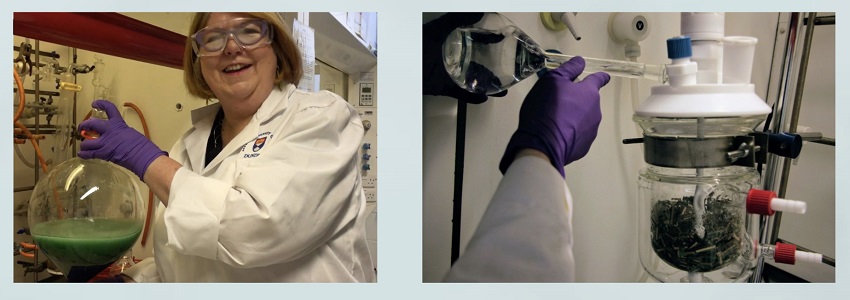 Image: Courtesy of Sandra Wilson
Image: Courtesy of Sandra Wilson
How do you use traditional techniques and approaches in your work to address contemporary issues?
Traditional hand techniques may be the most human way we have of making something – they put human beliefs and values at the heart of the process. I hand raise my vessels using steel stakes and hammers before applying the metals in solution to create different patinas. During the process of working with the chemistry laboratory, I also realised that the technique I was using of painting on metal solutions was also quite an ancient technique used by Andean Pre-Hispanic metalworkers. This technique is now called electro-chemical displacement plating. It’s maybe no surprise that ancient metalworkers had a much closer relationship to nature and the natural world, so the techniques they used are much more likely to be in harmony with nature. These techniques can therefore suggest ways of working much more sustainably and so address contemporary issues.
Can you tell us about your research into pyrometallurgy, hydrometallurgy and biometallurgy? What is it and why is it important when considering sustainability?
These are three key different ways of recovering precious metals from e-waste. Pyrometallurgy, where all the waste is incinerated or smelted, is probably the main and most established method. As I understand it, there are five or six centres around the world that do this on an industrial scale. Large quantities of e-waste are shipped around the world, and the process of smelting generates a large amount of CO2 into the environment. Greener methods include hydrometallurgy, using acid solutions that can be conducted on a much more local scale and in smaller quantities. This is the method that the chemistry laboratory in Edinburgh has been developing and I have been using. Biometallurgy uses bacteria and fungi to recover precious metals. Edinburgh is working on this too, although I understand less about it – it’s a very exciting area. These three ways can all help us address the issue of metal recovery, although they each contribute more or less to broader questions of sustainability.
Why do you think there is an increased interest in using recovered metals from e-waste for jewellery and metalwork?
There is a growing awareness amongst jewellers and metalworkers about the need to act more sustainably. The Scottish Goldsmiths Trust has done a lot of work in this area with their ethical making resource. Other people like Katie Treggiden are also writing about how we are now entering the age of waste and how craftspeople are turning to working with waste materials.
From the customer’s perspective there is also a potentially new market – if you met your partner online, it may have extra special emotional value to have some jewellery made from e-waste. Customers increasingly want to know where the materials for their jewellery comes from and that they have been sourced without harming other people and the environment.
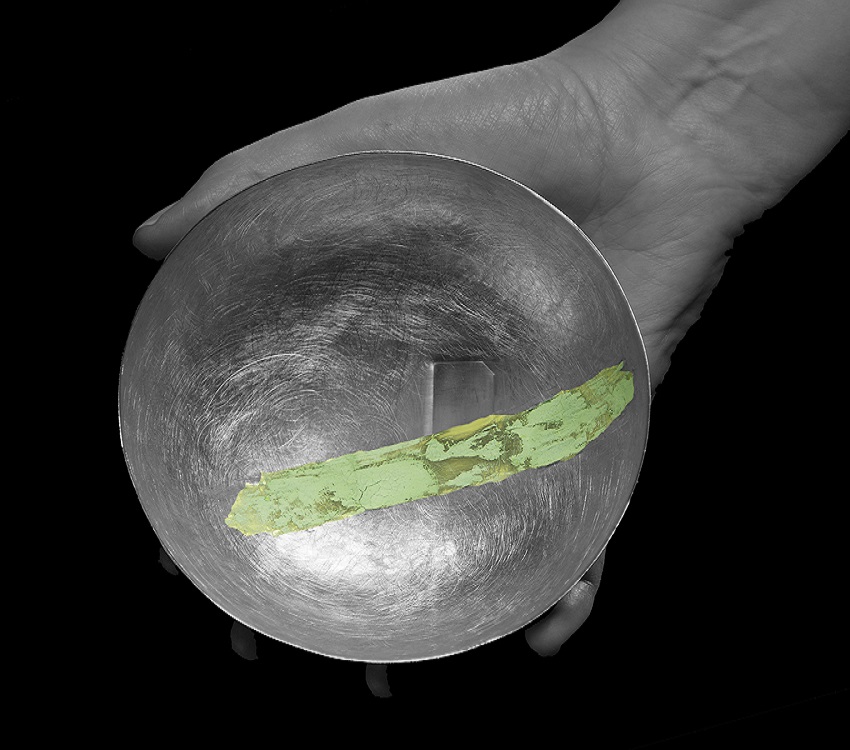
Image: Courtesy of Sandra Wilson
Tell us about your favourite pieces that incorporate sustainable methods?
Nowa is a Dutch company that makes jewellery from precious metals recovered from e-waste. Their connection necklace is minimalist yet has a strong message.
From Lebrusan Studio, their Colombia with Love ring tells a beautiful story of sustainability through Colombian metal and filigree craftsmanship. The ring is made with Fairmined sterling silver. Arabel’s symbol system is also a very good way to communicate with customers.
Eileen Gatt in the Black Isle has recently opened an Ethical Jewellery Centre in the old Munlochy post office. Eileen has also collaborated with environmental charities such as the RSPB.
Do you have any advice for other makers who are considering working in a more environmentally sustainable way?
Ask suppliers lots of questions about where their materials come from. Consider registering to become a fair trade goldsmith – it’s free to register. Join the Ethical Metalsmiths mailing list. Look at the ethical making resource and think about your whole working process and studio practices and how they could become more environmentally sustainable, e.g. what kind of pickle do you use? How sustainable is your packaging? Inform customers how and why sustainability is important to you and why it should matter to them too. Communicate through your website etc, and tell your customers what you are doing to become more environmentally sustainable. Think about developing direct relationships with suppliers of environmentally sustainable materials – so that you are confident about your supply chain.
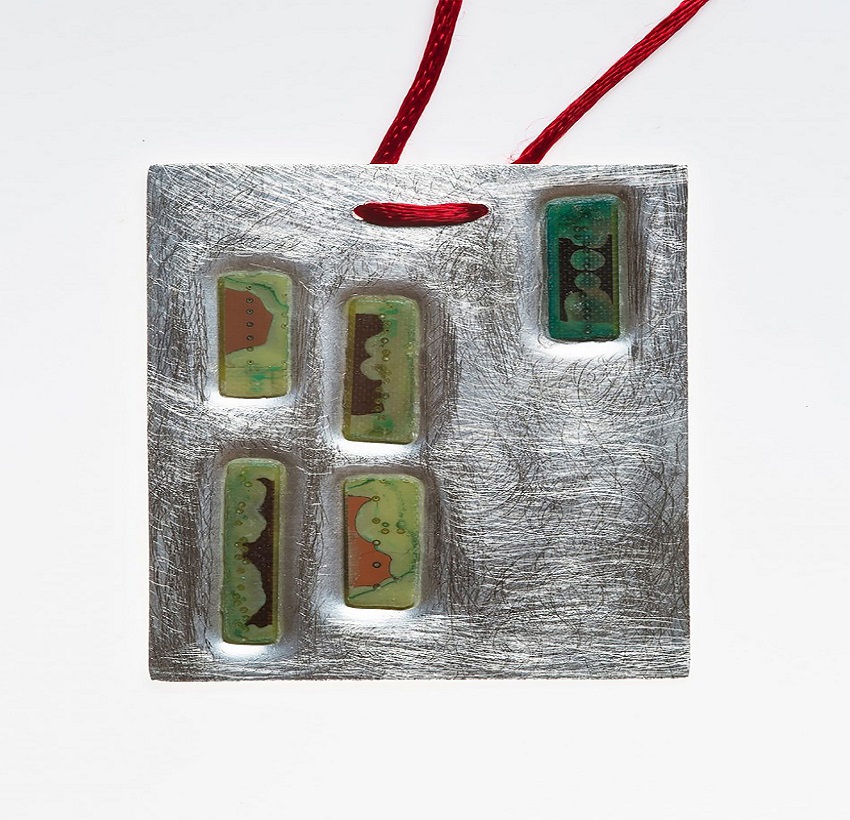
Image: Courtesy of Sandra Wilson
What are your hopes for the future of sustainable craft making?
I would hope that working with metals recovered from e-waste would start to become more common. Bullion suppliers in the UK could create a supply of metals guaranteed to come from e-waste, much in the same way that they now offer recycled silver for example. Assay Offices could also potentially offer a new chain of custody mark to guarantee this. This is crucial if we are to stop precious metals ending up in landfill. I would also hope that we will see many more jewellery and metal designers promoting their approaches to environmentally sustainable practice.
More about the maker: To learn more about Sandra, view her Instagram or visit her website at sandrawilson.co.uk
 Arusa Qureshi is an award-winning writer, editor and speaker with a passion for music, diversity and accessibility within arts and culture. She has written a book about women in UK hip hop called Flip the Script, which is out now via 404 Ink. Her bylines include the Guardian, NME, Clash, Time Out, The Forty-Five and the Scotsman, and she is part of the We Are Here Scotland team, supporting and amplifying the voices of creatives of colour in Scotland.
Arusa Qureshi is an award-winning writer, editor and speaker with a passion for music, diversity and accessibility within arts and culture. She has written a book about women in UK hip hop called Flip the Script, which is out now via 404 Ink. Her bylines include the Guardian, NME, Clash, Time Out, The Forty-Five and the Scotsman, and she is part of the We Are Here Scotland team, supporting and amplifying the voices of creatives of colour in Scotland.
She recently worked as a Researcher on the new BBC Scotland podcast Word Up!, and as a Commissioning Editor for Bella Caledonia, and was formerly Editor of The List, the UK events and entertainment publication based in Edinburgh, Scotland.
www.arusaqureshi.com
Arusa Qureshi / Photographer unknown
![Craft Scotland Team Update]()
![Celebrate Craft and Shop Local This Festive Season: Makers Markets and Open Studios Not to Be Missed]()
![Statement Regarding Access for HARVEST: Contemporary Craft Fair]()
![Programme Update Spring 2025]()
![Hag: Reimagining Complexities of Womanhood, Ageing and Wisdom]()
![The Craft Edit February 2025]()
![Sarah Hutchison Gives Jewellery a Second Chance to Sparkle]()
![Òr: An Ode to Craft on the Isle of Skye]()
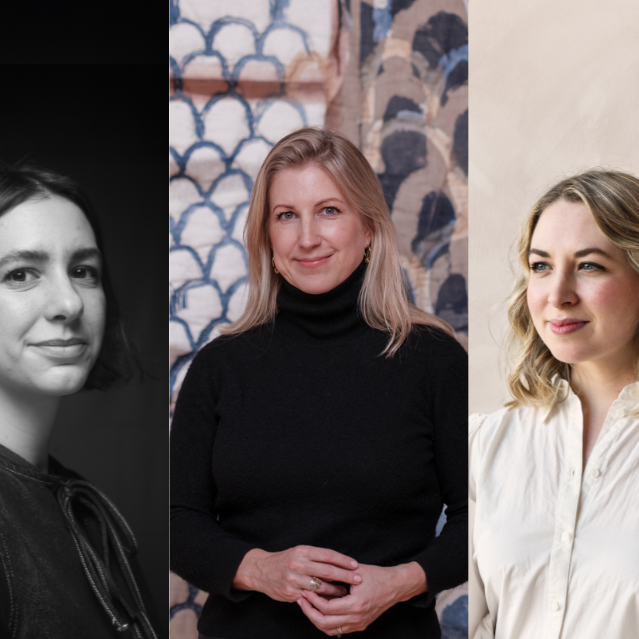

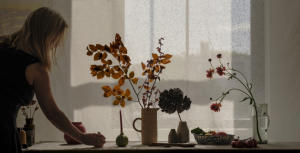
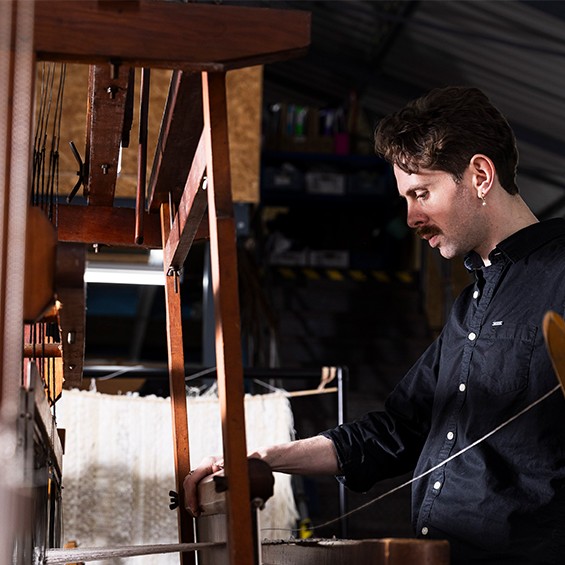
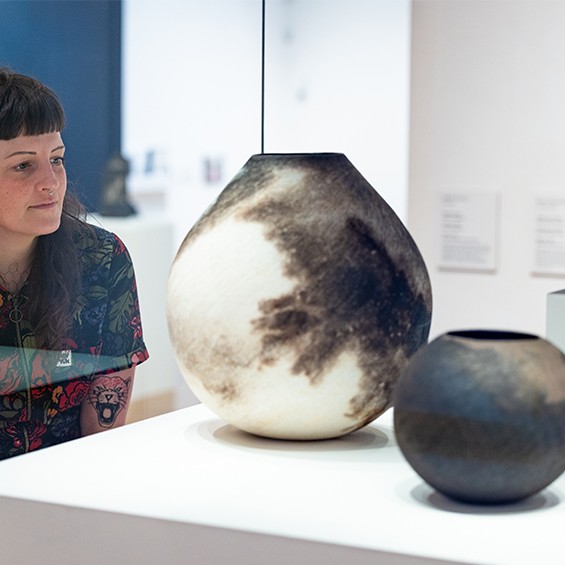
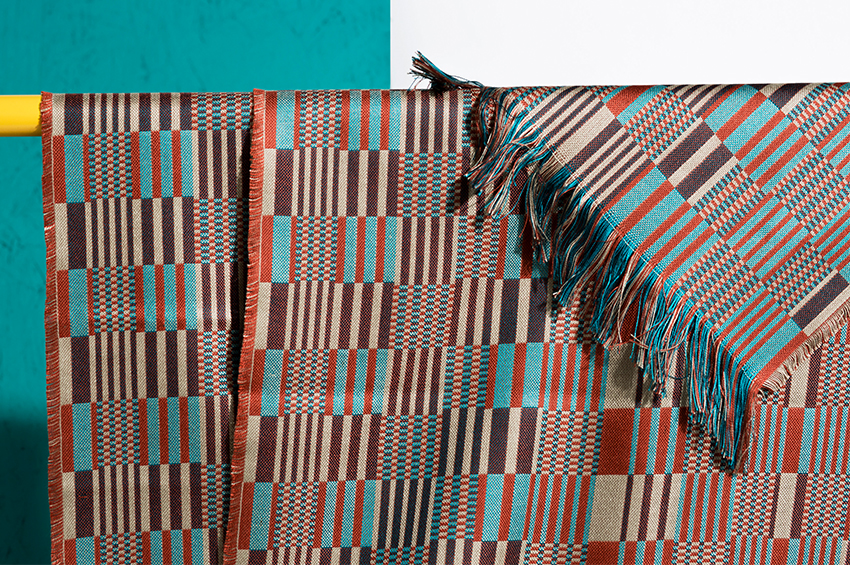
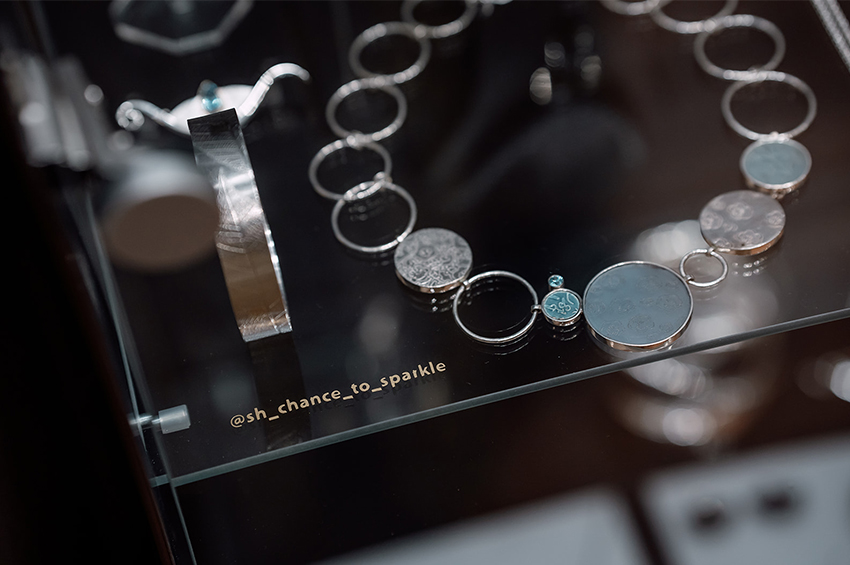
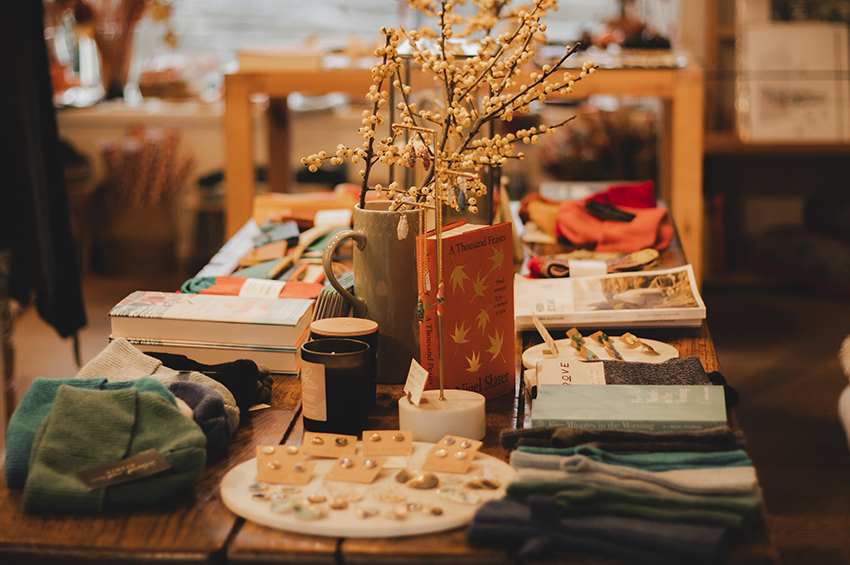
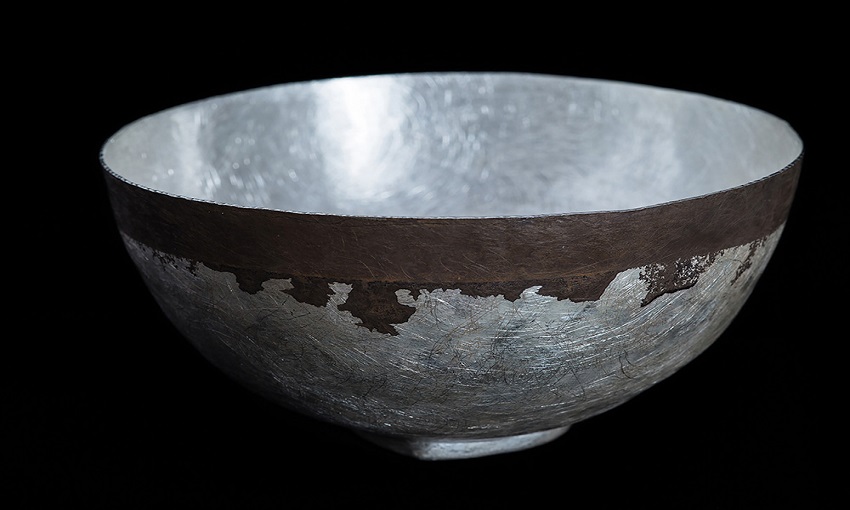
 Image: Courtesy of Sandra Wilson
Image: Courtesy of Sandra Wilson 

 Arusa Qureshi is an award-winning writer, editor and speaker with a passion for music, diversity and accessibility within arts and culture. She has written a book about women in UK hip hop called Flip the Script, which is out now via 404 Ink. Her bylines include the Guardian, NME, Clash, Time Out, The Forty-Five and the Scotsman, and she is part of the We Are Here Scotland team, supporting and amplifying the voices of creatives of colour in Scotland.
Arusa Qureshi is an award-winning writer, editor and speaker with a passion for music, diversity and accessibility within arts and culture. She has written a book about women in UK hip hop called Flip the Script, which is out now via 404 Ink. Her bylines include the Guardian, NME, Clash, Time Out, The Forty-Five and the Scotsman, and she is part of the We Are Here Scotland team, supporting and amplifying the voices of creatives of colour in Scotland.